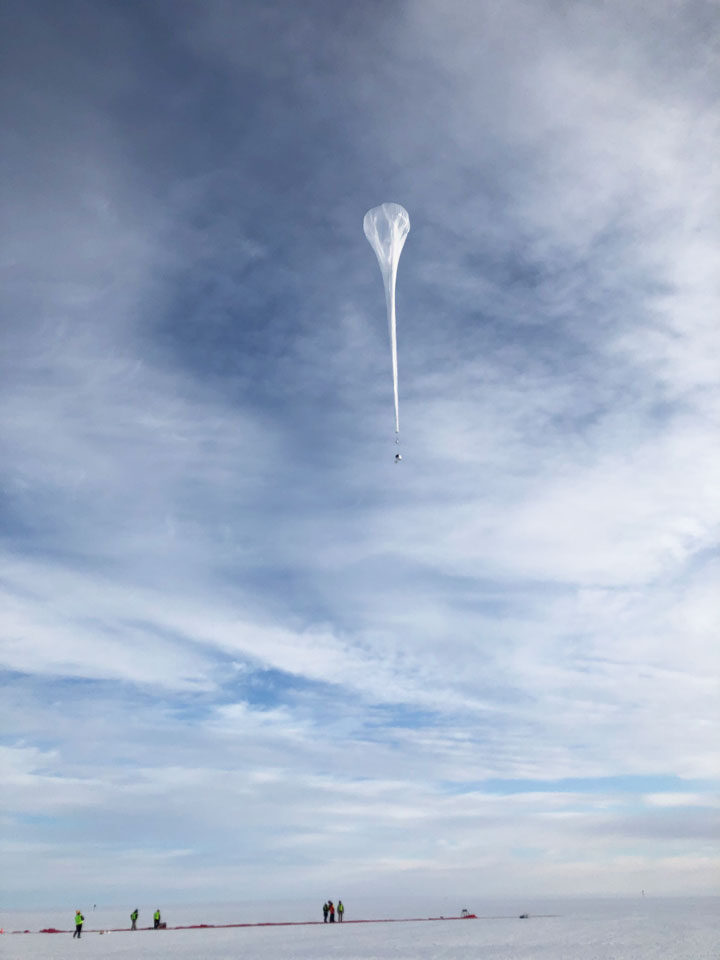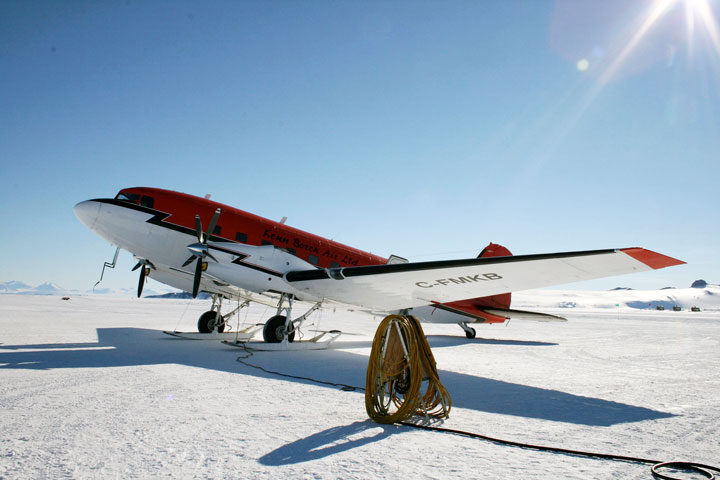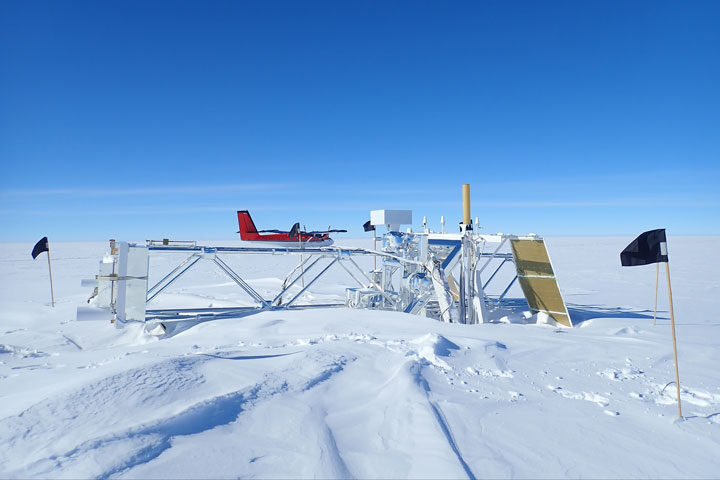We’ve wrapped up operations for launching balloons from McMurdo for this year and I wanted to give a final update about what we’ve been up to on the ice. Since our last launch, we’ve been moving people off continent and sending them home and have started to focus on our upcoming campaign from Wanaka, New Zealand. But that isn’t the end our job here in Antarctica. And yes, I finally saw some penguins for the animal lovers out there, hence my opening video.

This year we launched three balloons from our camp. Two of them have already been brought down so we could begin to recover the high value instrument components, the science data hard drives, and our command and control systems for the balloons. The third balloon (above), the pathfinder mission I talked about in “More Fun Than a BARREL of Electrons,” is expected to fly for 100 days, and, as I write this, we’re still only at day 24. So that flight has a long way to go before it’s brought down. For the other two flights, the National Science Foundation (NSF) supports out scientists and recovery personnel with dedicated flights to where the instruments landed after their missions. The conditions on the ground are always different and requires people to puzzle out how to dismantle the instruments and their gondolas to fit in the aircraft at our disposal.

The more capable of the type available to us is the Basler, which is modified Douglas DC-3. The Basler is able to carry more weight, has a bigger door, and can fly further. But the Basler also needs a better runway to take off and land from, so that usually means sending out equipment to groom a runway on the ice before it can head out. That usually falls to a Twin Otter to prep the recovery site and begin operations for bringing the instruments home. The Twin Otter was originally designed by de Havilland Canada. The Twin Otter is a lighter, easier to land aircraft that is used quite frequently in Antarctica.
As I mentioned before, once the recovery teams get on site, they start dismantling the payloads so they can be removed from the ice in compliance with the Antarctic Conservation Act. What this means for us is that if we brought it on continent, then we need to take it off continent. And where some of our flights end up, this process can take years. We’re still recovering a science instrument from a flight that we launched last year. The X-Calibur mission recovery team actually had to be stationed at the Amundsen-Scott South Pole Station. Here’s a photo of X-Calibur after it was left last year for us to recover this year.

After all the recovery operations are as complete as possible for this year, that’s when we bring the last of our people home and NSF winterizes our buildings so they are protected from the long winter ahead. As the saying goes: “All good things must come to an end.” But the Balloon Program will be back again next year to continue launching balloons from this unique place and help make amazing discoveries that can only be done there. As always, thanks for checking out my blog and be on the lookout for information about our next campaign from New Zealand.



